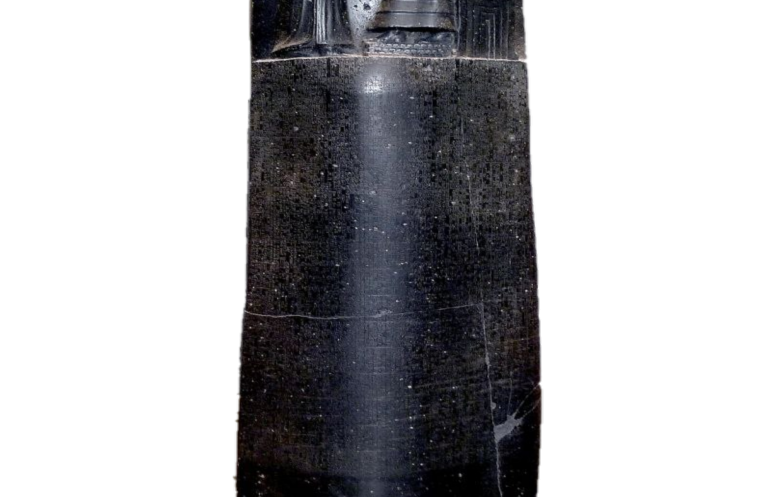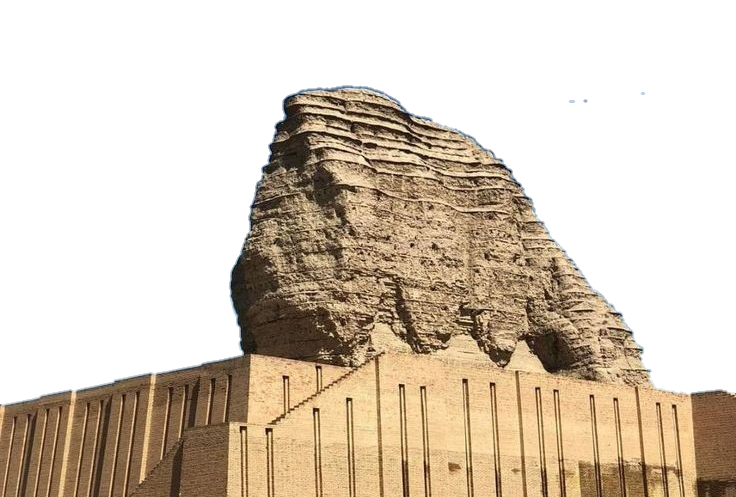One hundred designs for Iraq’s civilizations from different artists and countries

iraq officially the Republic of Iraq is a country in West Asia and in the geopolitical region known as the Middle East. With a population of over 46 million, it is the 31st-most populous country. It is a federal parliamentary republic that consists of 19 governorates.

The Story of Writing PEPOLE WHO LIVED as hunters and nomads did not need written records. As the first cities arose, people began to require records of ownership, business deals, and government. The Sumerians devised…

Mesopotamian Mathematics rimitive people counted using simple methods, such as putting notches on bones, but it was the Sumerians who developed a formal numbering system based on units of 60, according to Robert E. and…

Medicine in Mesopotamia iraq SummaryCuneiform medical manuscripts are found in large numbers, mostly from 1st-millennium BCE sites throughout ancient Mesopotamia. Included in the therapeutic tradition are pharmacological glossaries, herbal recipes with plant, mineral, and animal…

Sumiran literature documented a group of some five thousand tablets discovered in south of Iraq Mesopotamia and fragments inscribed with a varied assortment of literary works have also been unearthed, and these enable us to penetrate…

Schools in ancient Iraq ave you ever wondered what school life was like for a young child in Mesopotamia? Well, this tablet includes a mesopotamia tale that recounts two days in the life of a…

The ancient Mesopotamians may have been some of the first humans to build dams. The Jarwana Dam, located in the Sheikhan district and about fifty kilometers from the city of Mosul, is one of the oldest dams in the world, as it was built 2800 years ago. And on his stones appear cuneiform writing

Early man lived in this country from the oldest stages of the stone age. His pre-sence attested by the discovery of numerous deposits of stone implements and other remains in caves and rock-shelters on the northern and eastern mountains

Towards the beginning of the third millennium B.C., a few dynastic states emerged in various cities of South Mesopotamia, each consisting of an independent city-state ruled by a king. Simultaneously, writing was further developed and became more suitable for keeping records and conveying information.

Sargon of Akkad (2340-2284 B.C. )𒈗𒁺
came to power at Kish and rallied around him an strong army of Semitic speakers of Akkadian. To consolidate his hegemony over Sumer, Sargon sacked the neighbouring cities and launched a military campaign against Lugal-zaggesi, King of Uruk,

The Guti (2210-2116 B.C.) were mountain nomads who descended to the plains of Mesopotamia (ca. 2210 B.C.) from the slopes of the Zagros and from the borders of Luris- tan.

Unstable condition under the last phase of Guti rule enabled the Sumerians to re-sein their independence. Several of the southern cities re established their autonomy,

Mousa Al-Saibawi, born on 8/8/1991.
He is the founder of the Iraq History website and group and founder of
Many cultural and historical pages in the Republic of Iraq, including the Iraq Museum page and group.
He is one of the founders of the rescue Iraqi Civilization group in 2015
In addition to being a collector, researcher and historian in Iraq history

OLD BABYLONIAN PERIOD
Following the downfall of the 3rd Dynasty of Ur and the withdrawal of the Ela mites, several independent city states emerged; among them Isin and Larsa. Other new kingdoms were founded at Babylon, Uruk Eshnunna and Ashur and in the city of Mari a new independent dynasty came to power.

Dr.Ahmed Kamel scientific expert of iraq history website Born in Baghdad in 1953 / Graduated from the University of Baghdad – College of Arts – Department of Archeology in 1976/He obtained a master’s degree in…

The first dynasty of Babylon, also called the Amorite Dynasty, comprises eleven reigns with a total duration of three centuries (1894-1594 B.C.). In that time, the civilization of Iraq reached a peak of glory and radiated to other peoples of the Near East

Ali Banyanspecialist in cuneiform writing at the Iraq History website 1 – Mesopotamian civilization promotion project since 2016 – until now2- Project to promote the cultural and linguistic heritage (cuneiform writings) since 2016 until now.…

THE KASSITES(c. 1680-1157 B.C.)
The Kassites, led by their king Gandash (c. 1680-1665 B.C.) descended from thelnorth-eastern range of mountains an area known today as Luristan.

Legal expert and deputy founder of the Iraq History websiteHe holds a Master of Laws and a Bachelor of Biological SciencesJudicial ExpertHolds an Interpol document course in France.He received a certificate of thanks from the…

